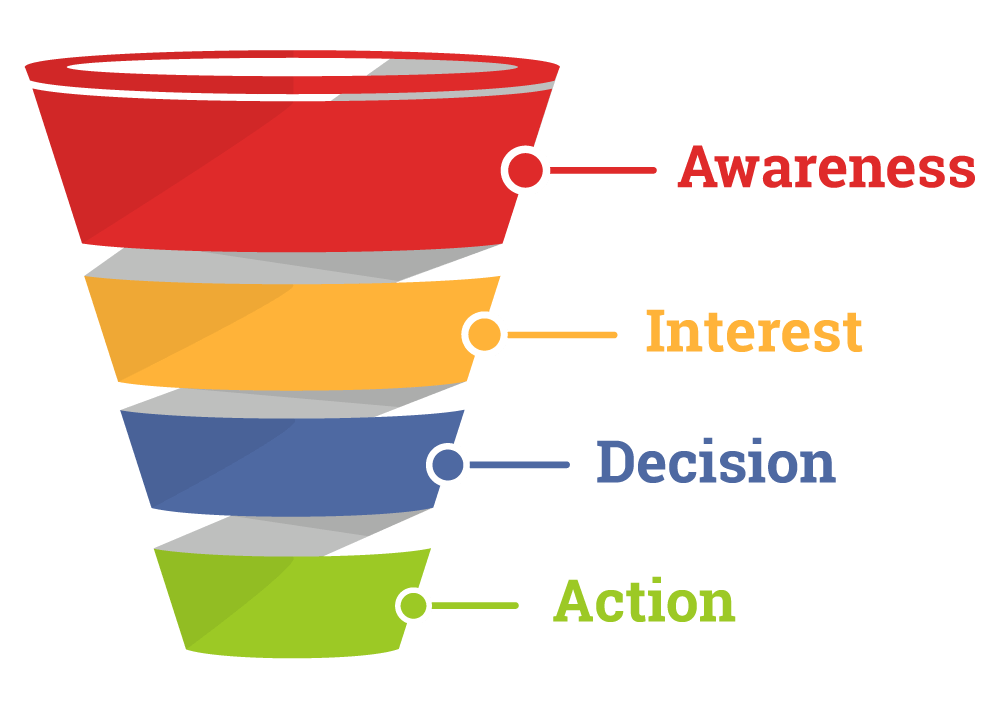Creating a marketing budget for your small business used to involve a lot of guesswork. Flinging spaghetti at the wall and seeing what stuck was the norm. This trial and error approach is both expensive and ineffective.
Now, small business owners are learning how to use the many tools they have for creating a successful marketing budget.
But the number of resources, steps, and examples available to them can make things confusing. What if I don’t have enough money? What if the money I do have gets wasted on something ineffective?
We’ve done the research and interviewed a real-life small business owner to help answer these exact questions.
Why Do I Need a Marketing Budget for My Small Business?
For those who cringe at the idea of spending money on marketing, we get it. Wading through dozens of marketing options can feel overwhelming when you already have so many additional business expenses to consider.
We spoke with Matt Jayson, owner of Matt’s Mutts, a premier dog walking company in Los Angeles, CA. When we asked him about spending money on and creating a marketing budget for your small business he said, “Paying a small fee to obtain a client that could use your services for life is always a worthy investment.”
Bottom line: Investing in yourself and your client base for long-term success is worth it.
Allocating funds for a marketing plan may seem confusing, but it’s essential for career longevity. Below are the 6 steps you need to understand and create a successful marketing budget for your small business.
Step 1: Look at the Big Picture
A marketing budget is essential for your small business at any stage. However, knowing where you are on your small business journey can help you make important decisions. Essentially, there are two obvious categories your business can fall under — start-up or running.
Your current start-up or expert status will impact how much you’ll need for the marketing budget for your small business. In general, expect to spend more when you’re in the start-up phase than once you’re up and running.
For example, Matt’s biggest expense occurred in the start-up phase. He noticed that in LA’s competitive dog walking scene, a good logo is key for getting clients in the door. Therefore, he spent most of his initial budget on his logo in order to solidify brand identity. “I hired a cartoonist to bring my ideas to life and I didn’t skimp,” he said.
Key takeaway: Prioritize your spending and focus on what would make you more competitive sooner than later.
Step 2: Outline Your Sales Funnel
 A sales funnel is a series of steps your potential customer has to take in order to purchase your product or service.
A sales funnel is a series of steps your potential customer has to take in order to purchase your product or service.
Outlining your sales funnel will help you understand:
- How your clients find you in the first place
- What they need to know before they buy
- The major factors that contribute to their final decision (and your marketing plan)
If you’re up and running, map out each possible sales funnel that current clients take to purchase from you. Notice which sales and marketing tactics are working. How much do you currently spend on these tactics? Where can you trim the fat?
Key takeaway: Whether it’s social proof or free resources, knowing what your customer needs during their journey can be eye-opening and inform your marketing budget.
Step 3: List Your Operational Costs
 Compared to our other tactics to help you set a marketing budget for your small business, this step is even more straightforward.
Compared to our other tactics to help you set a marketing budget for your small business, this step is even more straightforward.
Create a spreadsheet or template with all your current or anticipated operational costs. Costs may include web hosting, sales tax, professional fees, content outsourcing fees and whatever else you need to run your business.
These calculated business essentials paint a realistic picture of what you have to work with regarding your marketing budget.
Key takeaway: You need to know exactly how much money is going out and how much is coming in to create and stick to a marketing budget for your small business.
Step 4: Set Goals
Now you know what phase your business is in, your current or future sales funnels, and how much it costs to run your company. It’s time to set goals.
Answer these questions to determine how your marketing budget and goals work together:
- How much revenue do you need?
- How many sales do you need to make your revenue goal?
- Determine how many leads you need to convert the right number of sales. At what percentage do your leads typically convert? If you’re just starting, research typical sales conversion rates in your niche to get a realistic target.
Now that you know your goals, you’ll need a system for tracking your progress. Matt says, “If I’m going to spend anything I have to think of my ROI and it’s usually high.” A great way to figure out the best marketing tactics for high ROI is to research your competitors.
Key takeaway: Setting goals is an important step, but to know if you’re successful or not, you need to be tracking them as well.
Step 5: Scope Out the Competition
When it comes to setting a marketing budget for your small business, understanding your niche is of the utmost importance.

Keep track of your top competitors and study their marketing campaigns.
- Who are the major players in your industry?
- What methods do they use for advertising?
Next, outline what they share in common.
- Do they favor physical marketing collateral over digital ads?
- Are they investing in every possible marketing platform or a select few?
Matt observed that his competitors typically used flyers, social proof, and printed materials to market their businesses. Once he tested these methods, he was able to narrow down what worked best for his unique company.
“I find that going to dog parks and coffee shops and handing out business cards is more effective than taking out ads in papers,” says Matt.
Key takeaway: Start with the basics your competition is already using and see what works for your business. These observations will help you set a marketing budget for your small business based on methods that have been tried and tested for you.
Step 6: Create Your Marketing Plan
 Now for the fun part, actually creating your marketing plan. By this point, you should have a firm understanding of where your business is and where it can go.
Now for the fun part, actually creating your marketing plan. By this point, you should have a firm understanding of where your business is and where it can go.
Use the information from the above steps to outline:
- How much money you’ll need to spend to achieve your goals
- The basic marketing tools you’ll need to get started
- An understanding of how your customers want to be marketed to
Once the plan is fully fleshed out, setting a marketing budget for your small business will be easy.
Key takeaway: You can’t build a marketing plan without first having a marketing budget in place.
Marketing Doesn’t Have to be Expensive
Regardless of whether you’re just starting out or not, creating a marketing budget for your small business doesn’t have to feel overwhelming. And a tight budget shouldn’t stop you either! Get specific about your marketing plan and feel more confident about where your money is going.
When you’re learning how to set a marketing budget for your small business, all that knowledge can be used for years to come. It is, of course, challenging to run your daily business operations and your marketing at the same time. That’s when the leadership tactic of delegation becomes important.
OutboundEngine provides the expertise of a full marketing team for your business without the need to hire more staff. Learn more about how marketing automation can help your small business.



![Better Email Etiquette Equals Better Marketing Results [16 Rules]](https://www.outboundengine.com/wp-content/uploads/shutterstock_411184843-1-400x250.jpg)

